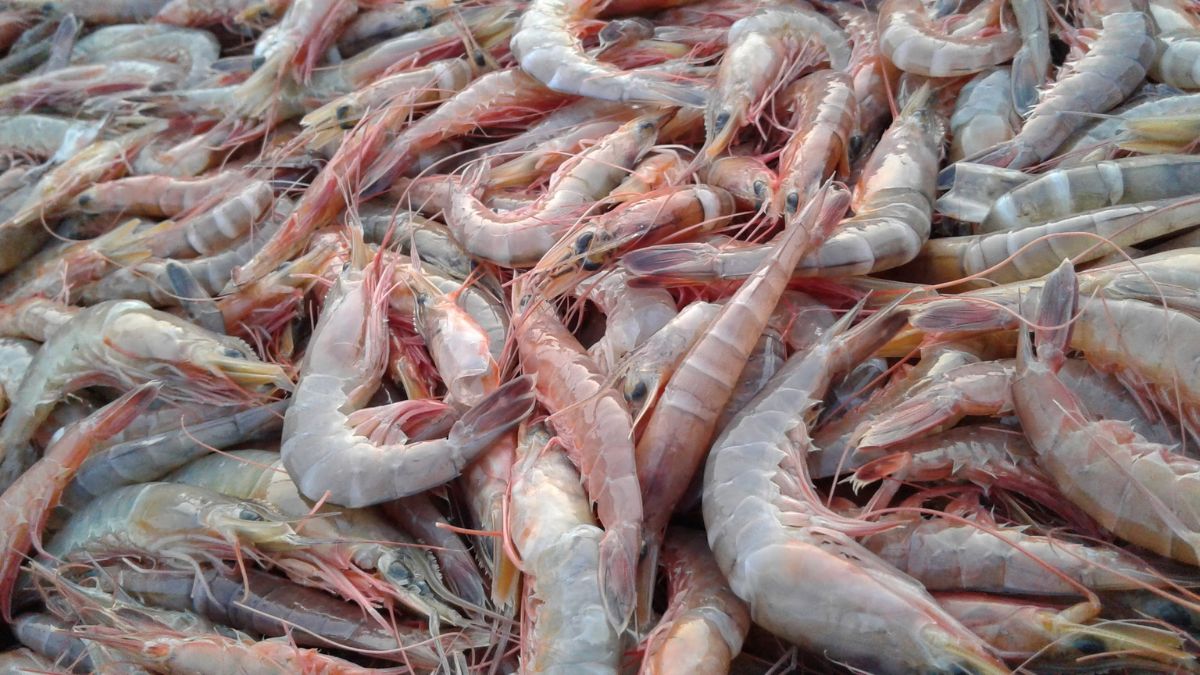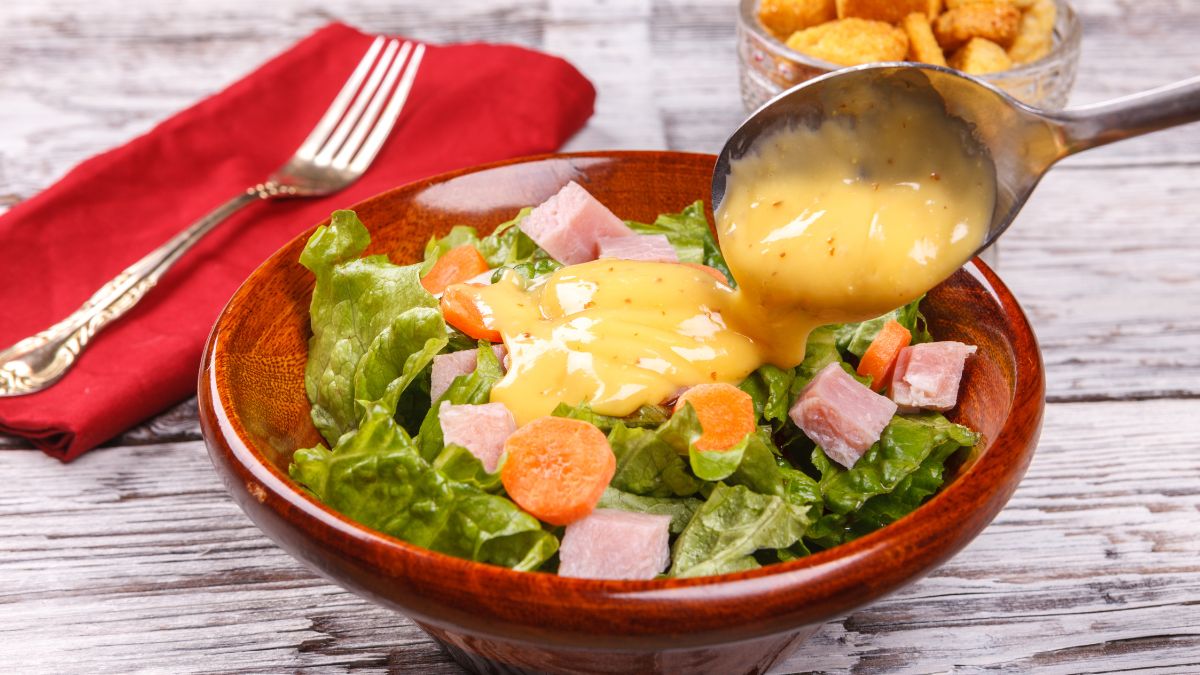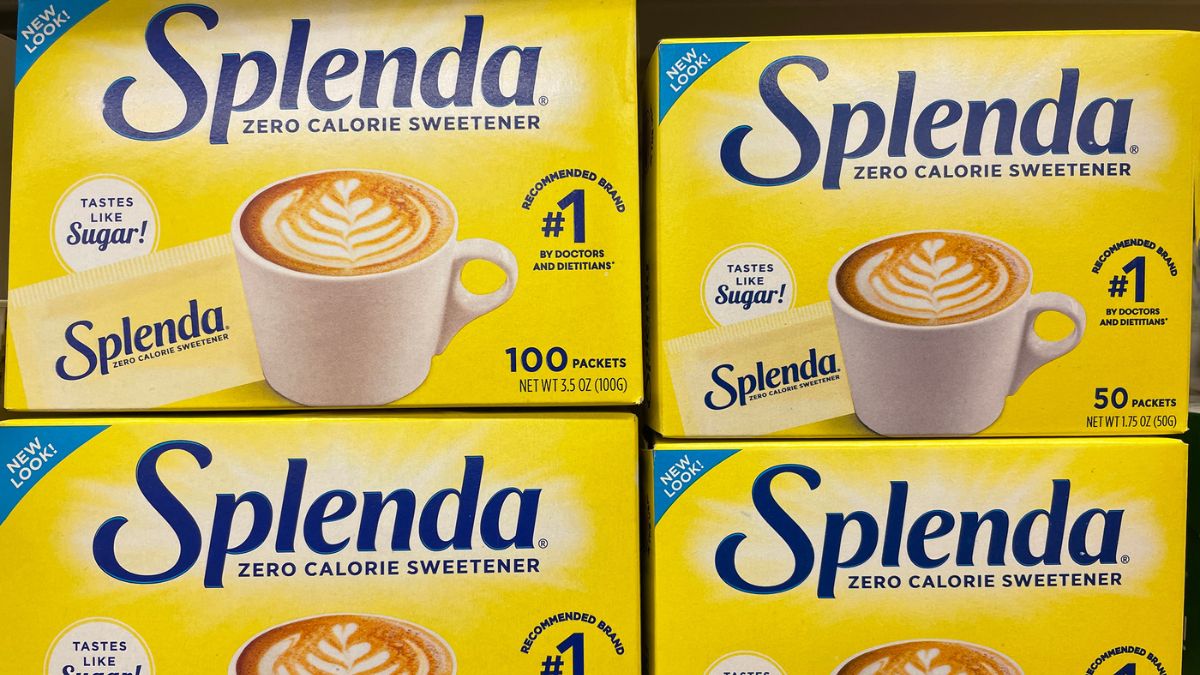Answer: No. Shrimp is part of the crustacean family, which can still feel pain, which goes against the vegan lifestyle.

Ah, shrimp. It used to be my favorite seafood before I went vegan. Now, I’ll have to find a vegan one.
Yes, you heard it right. There’s vegan shrimp too!
Shrimp, a crustacean family, is one of the best seafood everyone loves except for vegans and vegetarians. They’re mostly found on the seafloor of coasts, rivers, and lakes. There are many shrimp species, but they are not vegan.
Let’s check more about shrimps and the vegan options we can have.
Table of Contents
What Is Shrimp?
Shrimp is a crustacean with slender walking legs, although it’s more adapted to swimming. It features a long muscular abdomen and antennae.
Its origins can be dated back to 600 AD when their jaws, or mandibles were found on the southeastern coast of North America.
Shrimps have many different species and are mostly in marine life. However, about a quarter of them is also found in freshwater.
Species like Merguia live in mangroves, which is contrary to most species that are aquatic, living in depths.
Most shrimps are omnivorous, with others using different modes of feeding. When their food is scarce, some species of shrimp cannibalize their own.
However, shrimp is also eaten by others like fish and seabirds.
A female shrimp can store sperm from multiple male shrimps, producing offspring with different paternities.
Not all species of shrimp are commercially or significantly available. There are only 20 species available, and 7 of them are widely harvested.
Most commercially significant shrimps are decapods or those that can swim and walk in the water.
Shrimp farming is also prevalent nowadays, which started in 1970. This is for human consumption, common in the United States, Asia, and Europe.
Shrimp Is Not Vegan
Despite its popularity, shrimp is not vegan-friendly as it belongs to the Animal Kingdom. Eating shrimp goes against the vegan lifestyle, which is all plant-based and cruelty-free.
Contrary to the belief that crustaceans can’t feel pain, shrimp have a more sophisticated nervous system.
Apparently, catching and eating shrimp is animal cruelty, especially since they too can feel pain.
Moreover, fish farming is considered harmful to the environment. Shrimp ponds are constructed right on mangrove forests, destroying the natural ecosystem.
Shrimp trawlers used in catching shrimp can also destroy the seabed because of the tickler chains attached and being dragged in the net into the depths.
This drags thousands of rocks, mud, and other marine living organisms, which cause huge damage to the ocean.
The issue of bycatch is pressing, especially since it injures and even kills other sea creatures. For instance, shrimp nets can also catch sea turtles, contributing to these creatures’ huge decline.
Also, catching shrimps in large quantities means trying to reduce the food that other sea animals can have.
It’s worth noting that other sea creatures also eat shrimps for survival, something that humans should consider.
Vegan-Friendly Faux Shrimp
But the good news for us vegans is that vegan faux shrimps exist and are often available in many vegan restaurants.
Yes, they’re not real shrimps, but they taste almost the same. Shrimps are tender in texture with a hint of sweetness and milk taste.
The texture and taste are mimicked by faux shrimp, which is commonly made of potato starch, rice flakes, agave nectar, as well as seaweed alginate.
Others would use oyster mushrooms.
There might be a slight difference, but once it’s cooked and prepared correctly, one can never notice that it’s a fake shrimp.
Best Faux Shrimp Brands to Buy
Fortunately, many vegan-friendly and plant-based brands produce fake shrimp that tastes like the real one.
These are often in supermarkets and local grocers or even online on Amazon, which is more convenient for you.
- Sophie’s Kitchen
- All Vegetarian
- BeLeaf
- Plant-Based Seafood Co
- Vegan Zeastar
- Loving Hut
- New Wave Foods
- May Wah Prawns
- Lily’s Vegan Pantry
- Clo Clo Vegan Foods
- Nature’s Earthy Remedy
There are still a lot of vegan brands you can find in supermarkets, but these brands I listed are truly game changers.
I’ve also tried most of them, and they only differ by brand. The taste and texture are the same and as delicious as they are!
Two Main Ingredients in Making Fake Shrimp
You may also wonder how fake shrimp is made and how it replicates almost exactly the real one. Like other fake meats, certain ingredients are used to make faux shrimp.
These are widely used by fake shrimp or seafood manufacturers.
- Konjac
- Also known as glucomannan and elephant yam, this is native to Asia. It produces an edible corm, which grows underground.
- The corm itself is a good source of replicating fake shrimp and has a good source of dietary fiber.
- Combined with seaweed-based hydrocolloids, it produces the faux shrimp’s fishy smell and texture.
- Fenugreek
- This plant is native to Western Asia, Europe, and the Mediterranean.
- The seeds that the plant produces are bitter when raw.
- When they’re cooked, they have a subtle bitterness with a hint of sweet syrup and burnt sugar.
- Fenugreek seeds produce a mild salty taste in faux shrimp when combined with other ingredients with a hint of sweetness like the real one.
Are These Ingredients Healthy?
Like any other vegan food, things are known to be healthy if you eat them in moderation. As for Fenugreek, this plant may help reduce blood sugar levels, especially for those who have diabetes.
According to NIH, fenugreek is relatively safe in the amounts used in food, but a large dosage can risk your digestive tract health.
It can also trigger allergic reactions in some people and can cause liver toxicity. Also, larger amounts of fenugreek than found in food are not safe for pregnant women.
With regard to Konjac, its soluble dietary fiber is known for lowering cholesterol and blood glucose levels. It also helps prevent hemorrhoids, diverticular disease, and constipation.
Large amounts of konjac lead to digestive problems and allergic reactions.
Overall, konjac and fenugreek are safe for consumption, especially in the amounts found in food like faux shrimp.
They can only get risky to your health when taken in large amounts.
Nutrition Facts
Nutritional figures of vegan shrimp may differ by brand or how it’s made at home. But in general, faux shrimp is even healthier than meat or its non-vegan counterpart.
Why? Because it’s plant-based, which offers more significant nutrients.
Let’s see the sample figures below for every 100 g of serving of fake shrimp and real shrimp.
| Faux Shrimp | Real Shrimp |
|---|---|
| Calories: 84 | Calories: 99 |
| Total Fat: 1 g | Total Fat: 0.3 g |
| Cholesterol: 0 mg | Cholesterol: 189 mg |
| Sodium: 570 mg | Sodium: 111 mg |
| Total Carbs: 18 g | Total Carbs: 0.2 g |
| Protein: 0 g | Protein: 24 g |
| Potassium: 16 mg | Potassium: 259 mg |
| Calcium: 10% | Calcium: 7% |
| Iron: 0% | Iron: 2% |
If you notice, faux shrimp has lower calories, zero cholesterol, and higher calcium but has high sodium content compared to real meat.
Vegan meat is typically high in sodium due to the seasonings and other flavored powders used to achieve the meaty taste.
A diet high in sodium can lead to adverse health issues over time. Excessive sodium intake can damage your kidneys and cause strokes, heart disease, and other health problems.
According to the Dietary Guidelines for Americans, a healthy adult can limit himself to 2,300 mg of sodium daily.
If you can do it less, better.
On the plus side, a vegan diet can balance everything out, especially since it’s all plant-based, even when it’s high in sodium.
The best thing to do is pile up on veggies. For instance, if you have vegan shrimp as your main course, consider pairing it with flavonoid-rich fruits and vegetables.
Berries, leafy vegetables, apples, cherries, onions, soybeans, tea, red cabbage, kale, plums, legumes, and citrus fruits contain flavonoids.
These fruits and vegetables can help balance your sodium intake, especially when you’re fond of vegan meat and seafood.
Also, you should add fiber-rich fruits and vegetables to your diet if you’re eating fake meat or seafood.
Pineapples, broccoli, avocados, beans, bananas, and asparagus are fruits and vegetables packed with fiber.
Both fiber and flavonoids are healthy for the gut, fighting against free radicals that damage our cells.
The Bottom Line
Shrimp belongs to the Animal Kingdom and is not vegan and animal-friendly. It’s a crustacean that can feel pain, which is unethical for a vegan lifestyle.
However, there’s fake shrimp you can count on. You only have to balance it with fiber and flavonoid-rich fruits and vegetables, especially since they are high in sodium.
Or you can also make your own fake shrimp at home. In this article, I wrote about Sauce Stache, a YouTuber who creates faux meat and seafood from scratch.
Go check it out whenever you can!




